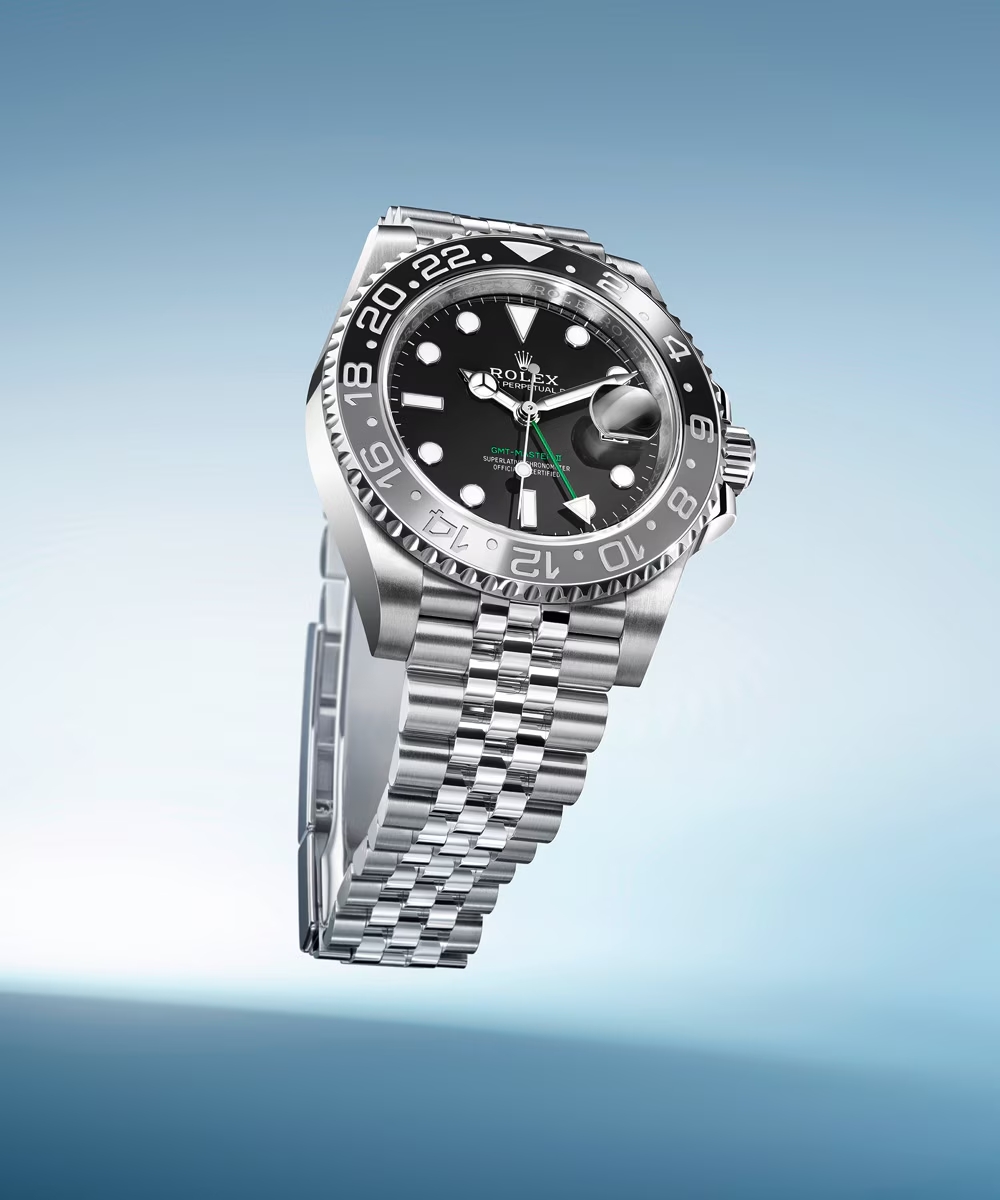What Sustainability at Watches and Wonders Geneva 2024 Really Looked Like

Wherefore sustainability. After more than half a dozen stories about all the watchmaking news that is fit to print since Watches and Wonders Geneva opened last week, you might be wondering why we have not spared a single word for sustainability. WOW Singapore and this website did, after all, publish a massive story on this very subject barely a couple of years ago. It is not like the world has magically resolved the challenge facing our planet in that time.

Well, we can report after seeing novelties from a majority of the majors at the Geneva fair, and speaking with numerous brand representatives (including no less than five CEO interviews), that even the word ‘sustainability’ was barely used. So, Zenith has a recycled fishing net fabric strap that comes with two other options for the particularly handsome new Defy Extreme Diver. That is hardly a fitting anchor for the sustainability pitch, even if this watch is the only one we can think of that comes with three straps as a standard.

Think of the big names in the sustainability game: IWC, Panerai and Cartier, to name just three. Well, Panerai continues to make hay with its recycled materials but there is not even one new watch in this area. IWC has scrapped its annual sustainability report, opting to fold this into the parent group’s ESG initiative. As for Cartier, while no new timepieces are on the sustainability track, the brand has not been quiet. For some context here, all the abovementioned brands are part of the Richemont group and this same group is very active on the DEI front. Sustainability, diversity, equity and inclusiveness all ride together on the ESG front, even if that might seem a little arbitrary.

Watches and Wonders Geneva was the scene for a panel discussion featuring the industry’s most prominent ESG initiative, the Watch & Jewellery Initiative 2030 (WJI 2030). It was a C-Suite panel that included President and CEO of Cartier Cyrille Vigneron and CEO of Chanel Watches and Jewellery Frédéric Grangié, among others. The second annual Stakeholder Report – Report on Progress 2023-2024 revealed that 48 percent of WJI 2030 members and partners meet the minimum “commitment on Climate Resilience to sign and submit the Science Based Targets Initiative commitment letter.” Meanwhile, just 29 percent meet "the minimum commitment on Preserving Resources to set up a roadmap for nature for their company commensurate to their level of ambition and capabilities."

Any reasonable observer might be dismayed by this, but Vigneron sounded a hopeful note, given that WJI 2030 members are doing much better on the gender equality, living wages, and human rights fronts (89 percent, 83 percent and 79 percent, respectively). “No one has the power to change everything alone. Together we have a chance. We must not be discouraged by current setbacks. It just means we need to work harder and keep moving forward,” said Vigneron.

At this point, it is worth considering reality here because watch and jewellery firms are in the business of making and selling watches and jewellery. Deloitte’s Swiss Watch Industry Study notes that just 48 percent of watch buyers reported that sustainability was a leading factor behind the purchase of a luxury watch. Furthermore, the same report notes that sustainability ranked fourth amongst the top reasons for buying a watch, the other three being brand image, design and price. This editor finds this rather optimistic as he has yet to meet anyone who has bought a watch even partly because of its sustainability credentials. We would all prefer that the watches be made without harm coming to anyone, but that is more of a baseline than anything else.

The big winners over the last 10 years in watchmaking have made the least amount of noise on the transparency of their operations. By way of contrast, Richemont brands are on the back foot, as are virtually all groups, regardless of their sustainability credentials. This probably means that brands ought to focus on what helps them sell more watches, to at least stay on pace with the market. On the other hand, no brand has abandoned its sustainable practices or ceased production on relevant collections – recycled steel and titanium are still in the picture and so are recycled plastic straps. No doubt the year will reveal more about how brands intend to address the cleanliness of their precious metal and gemstone supply chains because this is a developing trend shaping the sharp end of fine watchmaking. One fascinating story playing out is that of lab-grown diamonds at TAG Heuer, which has implications for the entire watchmaking trade (although probably not jewellery).
For more on the luxury watch reads and the latest in Watches and Wonders Geneva 2024, click here.































